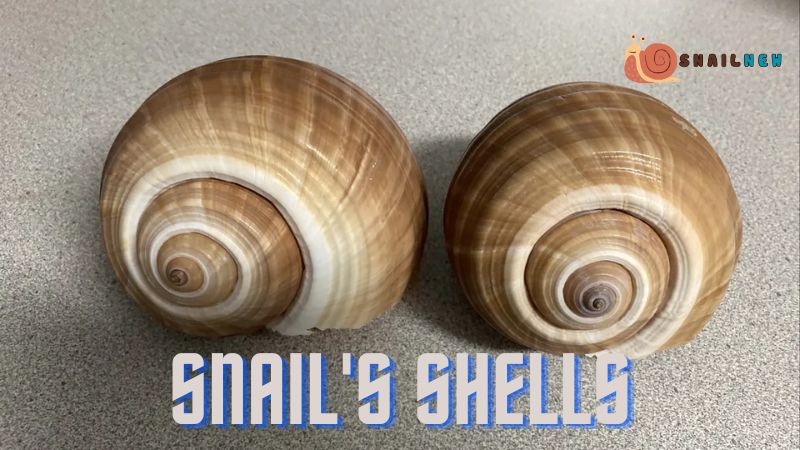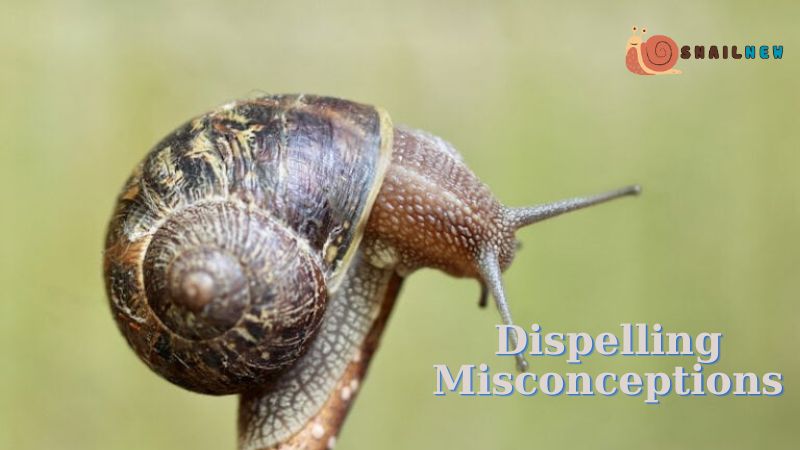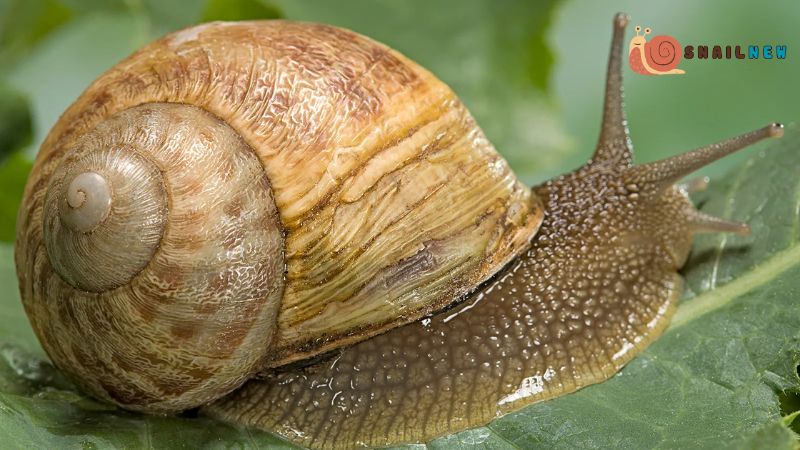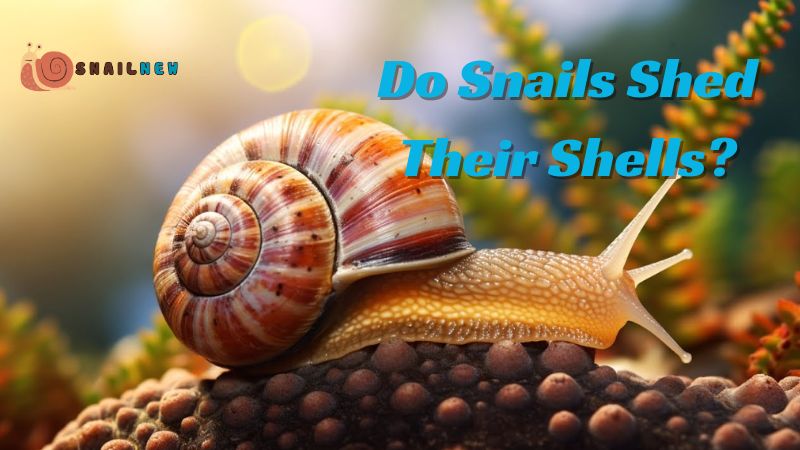Within the intricate tapestry of the natural world, the snail stands as a testament to resilience and adaptation. Its spiraled shell, a masterpiece of evolution, has captivated the human imagination for centuries. Yet, amidst the awe and wonder that surrounds these gastropods, a persistent question lingers: do snails shed their shells? This inquiry by Snailnew, rooted in curiosity and misconception, prompts us to explore the intricate biology of these fascinating creatures and dispel the myth that shrouds their most iconic feature.
Table of Contents
ToggleUnderstanding the Complexity of Snail Shells:
To unravel the mystery of snail shell shedding, we must first delve into the anatomy and function of these remarkable structures. Far from being mere external armor, a snail’s shell is an integral part of its body, intricately connected to its physiology and behavior. Composed primarily of calcium carbonate, the shell is secreted by specialized glands within the snail’s mantle, a thin layer of tissue that envelops the animal’s visceral organs.
Do Snails Shed Their Shells?
No, snails do not shed their shells like some reptiles shed their skin. The shell of a snail is a part of its body and is produced by specialized glands. As the snail grows, its shell also grows, but it remains a permanent part of the snail’s anatomy throughout its life. However, snails can repair damage to their shells if they are cracked or broken, using a substance called calcium carbonate secreted by their mantle tissue.
The Growth Conundrum:

As young snails embark on their journey of life, their shells serve as both sanctuary and scaffold, providing protection and support in equal measure. With each passing day, the snail’s body undergoes a remarkable transformation, expanding in size and stature. Yet, amidst this growth, the shell remains steadfast, its spiral architecture mirroring the gradual progression of time.
Addressing the Myth:
Now, let us confront the question that has perplexed generations: do snails shed their shells? Contrary to popular belief, the answer is unequivocally no. Snails do not shed their shells like the serpentine sloughing of reptilian skin or the molting of arthropod exoskeletons. Instead, the shell serves as a permanent fixture throughout the snail’s lifespan, a testament to the enduring bond between organism and habitat.
Dispelling Misconceptions:
Despite the prevalence of the myth, there exists no empirical evidence to support the notion of snail shell shedding. The shell, intricately fused to the snail’s body, fulfills a multitude of vital functions, including protection from predators, regulation of internal moisture levels, and facilitation of locomotion. To shed such a fundamental structure would be tantamount to self-sabotage, jeopardizing the snail’s survival in an unforgiving world.

The Myth Deconstructed:
At its core, the myth of snail shell shedding arises from a fundamental misunderstanding of molluscan biology. Unlike arthropods, which undergo periodic molts to accommodate growth, snails possess a rigid exoskeleton that grows incrementally throughout their lives. This gradual process of shell deposition, facilitated by the continual secretion of calcium carbonate, ensures that the shell remains proportionate to the snail’s evolving body size.
Adaptation and Resilience:
While snails may not shed their shells, they possess remarkable adaptive abilities to repair and reinforce them when damaged. In the event of a fracture or breakage, the snail’s mantle tissue springs into action, secreting additional layers of calcium carbonate to mend the breach. This process, known as shell repair, exemplifies the remarkable resilience of these tenacious gastropods in the face of adversity.
The Vital Role of Calcium:
Central to the formation and maintenance of snail shells is the element calcium, a cornerstone of biological mineralization. Without an adequate supply of calcium in their diet, snails may struggle to develop robust and resilient shells, rendering them susceptible to predation and environmental stressors. Thus, the availability of calcium-rich foods, such as leafy greens, algae, and limestone substrates, is paramount to the health and well-being of captive snail populations.

Celebrating Diversity:
Beyond their functional significance, snail shells represent a kaleidoscope of diversity and beauty in the natural world. From the elegant spirals of terrestrial snails to the ornate patterns of marine mollusks, each species’ shell bears the indelible imprint of its evolutionary journey. Through their myriad shapes, sizes, and colors, snail shells serve as a testament to the boundless creativity of Mother Nature.
Ecosystem Contributions:
In addition to their aesthetic allure, snail shells play a pivotal role in shaping ecosystem dynamics and function. As voracious herbivores, snails graze on algae and vegetation, influencing plant growth and nutrient cycling in their habitats. Furthermore, snail shells provide essential habitat and substrate for a myriad of microorganisms and small invertebrates, fostering biodiversity and ecological resilience.
Challenges and Conservation:
Despite their ecological importance, snails face myriad threats to their survival, including habitat loss, pollution, and climate change. In many regions, snail populations are declining at an alarming rate, imperiling the delicate balance of ecosystems worldwide. Conservation efforts aimed at protecting snail habitats, mitigating anthropogenic impacts, and raising awareness about their plight are paramount to ensuring their continued existence for generations to come.
Conclusion:
In conclusion, the notion of snail shell shedding is but a myth, perpetuated by misunderstanding and conjecture. Snails, with their unyielding armor of calcium carbonate, stand as stalwart guardians of their own destiny, embodying resilience, adaptation, and perseverance in the face of adversity. By unraveling the truth behind this enduring myth of “do snails shed their shells?”, we gain a deeper appreciation for the remarkable creatures that inhabit our world and a renewed commitment to safeguarding their future.


